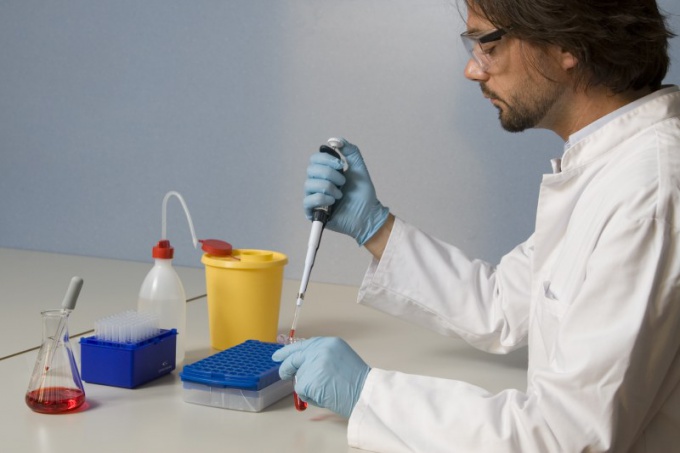You will need
- - scales;
- - measuring Cup;
- - table volumes.
Instruction
1
Based on the definition, in order to know the density, you need to find the mass and volume of the body. This rule holds true for solids and liquids. Put the body on the scale and you will see the necessary quantitative indicators. Put the resulting value in pounds, which are the basic unit in the measurement system. If you know the mass of the liquid substance, before pouring it into the flask and weigh out the mass of the flask. You will need to take it away from the result.
2
If the body whose density you want to find is a regular geometric figure, you will be much easier. To find the volume of regular shapes, you can use the volumes table, find the formula and calculate the result. If the figure is wrong, take a measuring Cup and fill it with water (not completely). Write down what mark is water. Then lower the examined body in the water and mark the number where is the water now. The difference between second and first value will be the required volume. The liquid volume can also be measured using the same measuring Cup.
3
You only need to substitute the received data into the formula ρ = m/V where m is mass, and V is the volume of a material.
4
The density of gases is different. To do this you need to know the molar mass of the gas and its normal volume. If, according to the condition of the problem, the action takes place under normal conditions (temperature 0 C and pressure of 760 mm of mercury.St.), the normal volume is 22.4 l/mol. Molar mass is the mass of one mole of a substance. The formula for finding the density of gas is ρ = M/V norms.
5
If the temperature or pressure different from normal, to determine the density of the gas you have to use the formula of Clapeyron-Mendeleev and find the volume of gas: ρ* V = m/M * R*T, where ρ is the pressure, V the volume, m is the mass of gas, M – molar mass, T is the temperature in Kelvin and R is the universal gas constant, which is equal to 8.3 j/mol*K.
